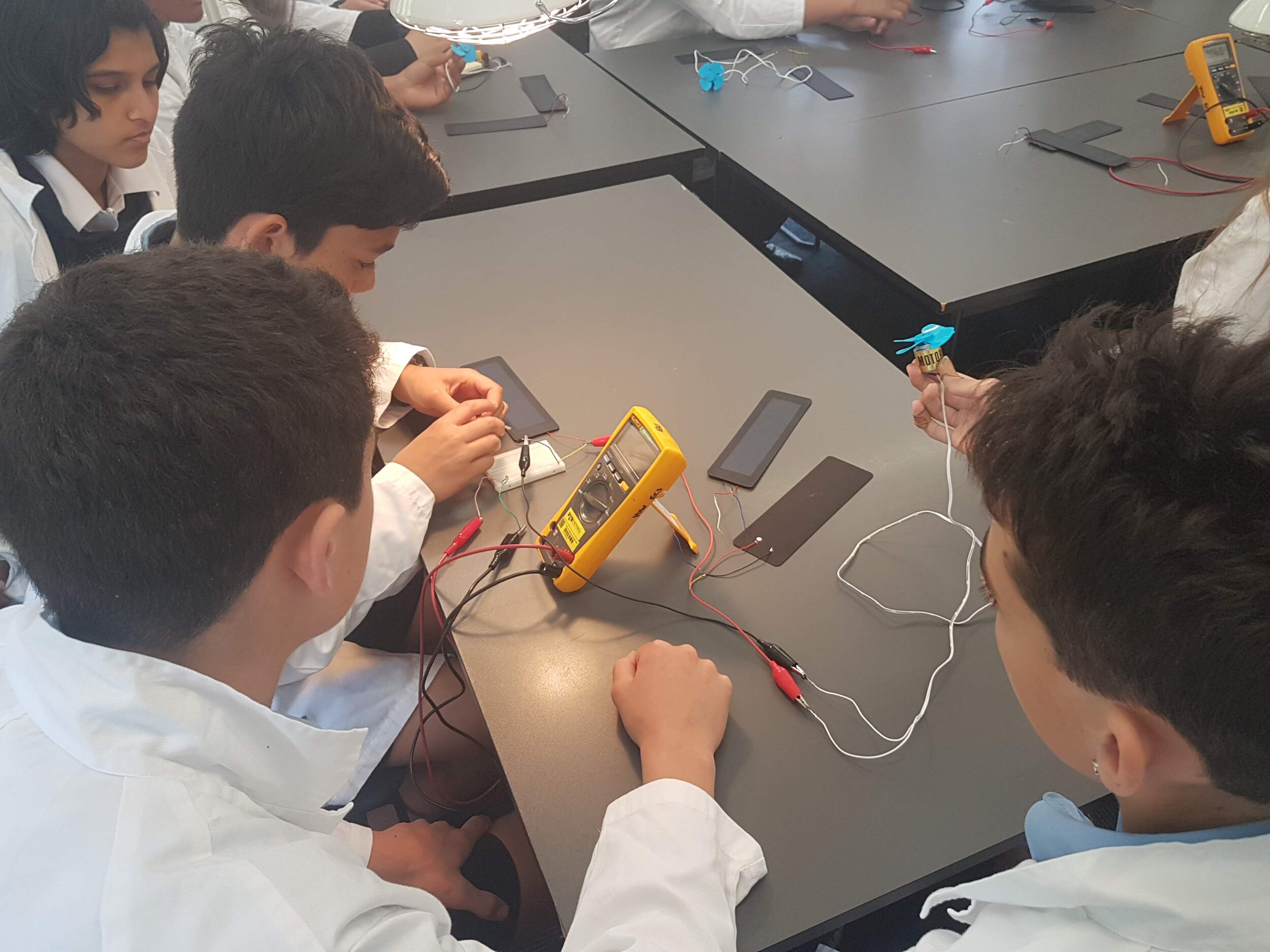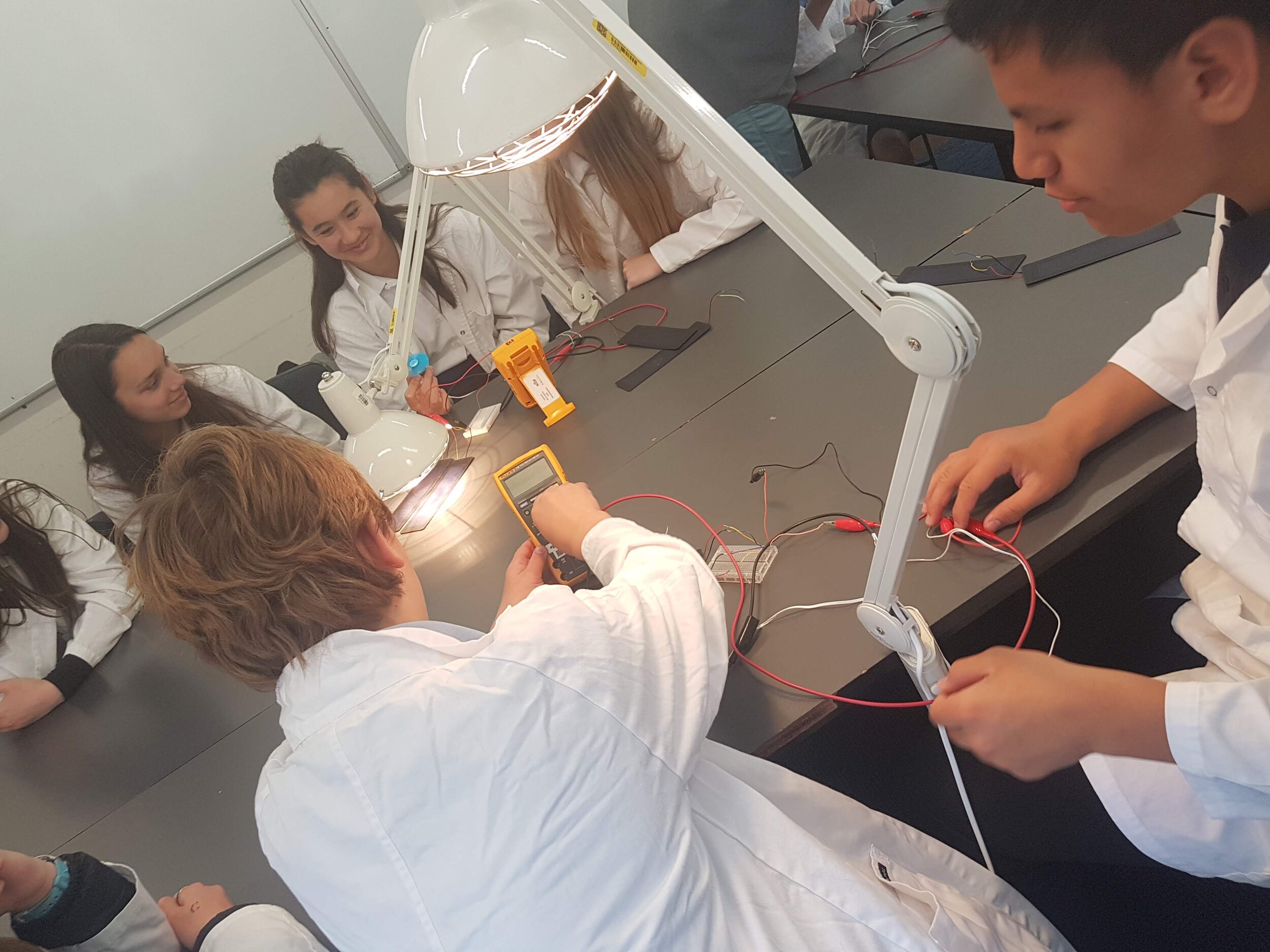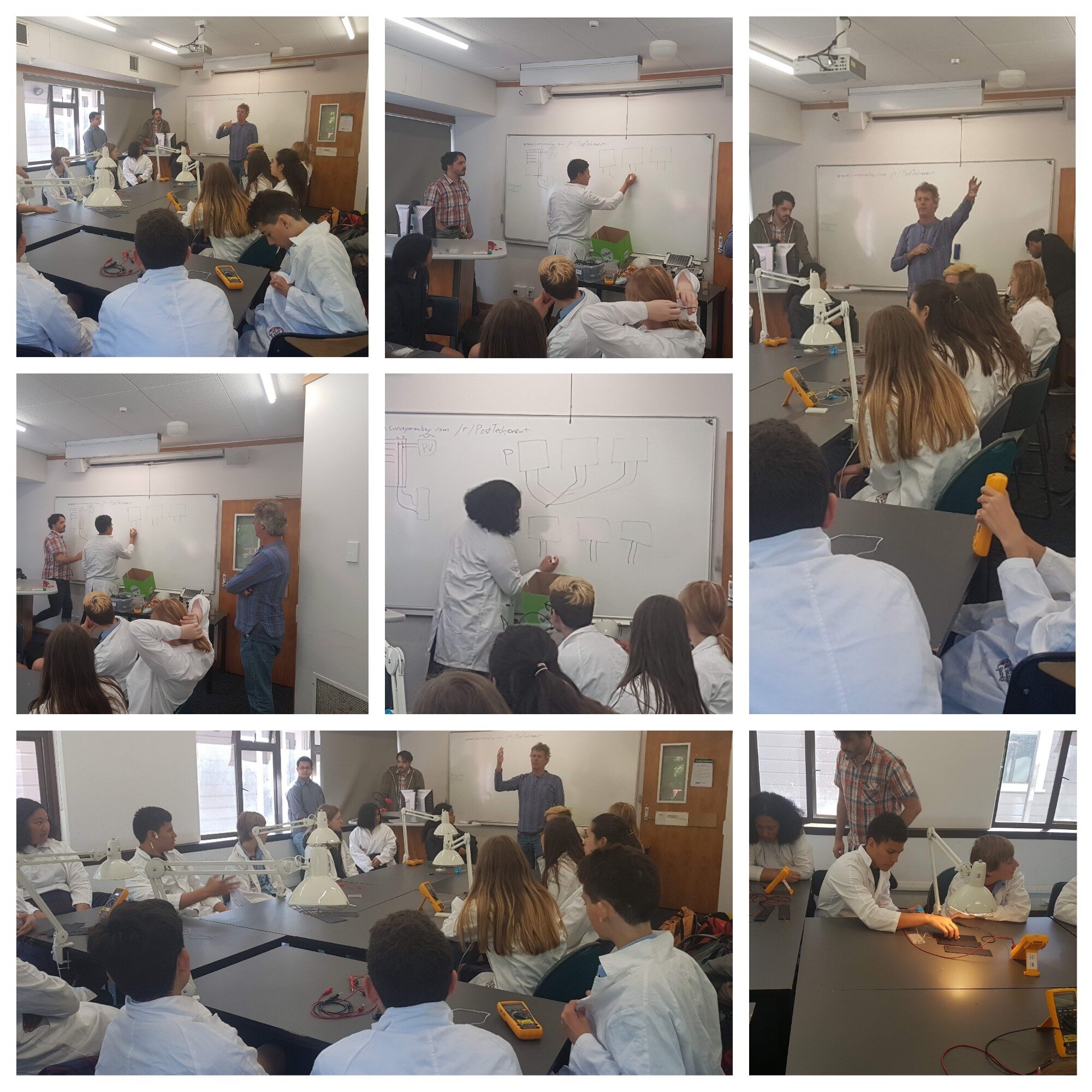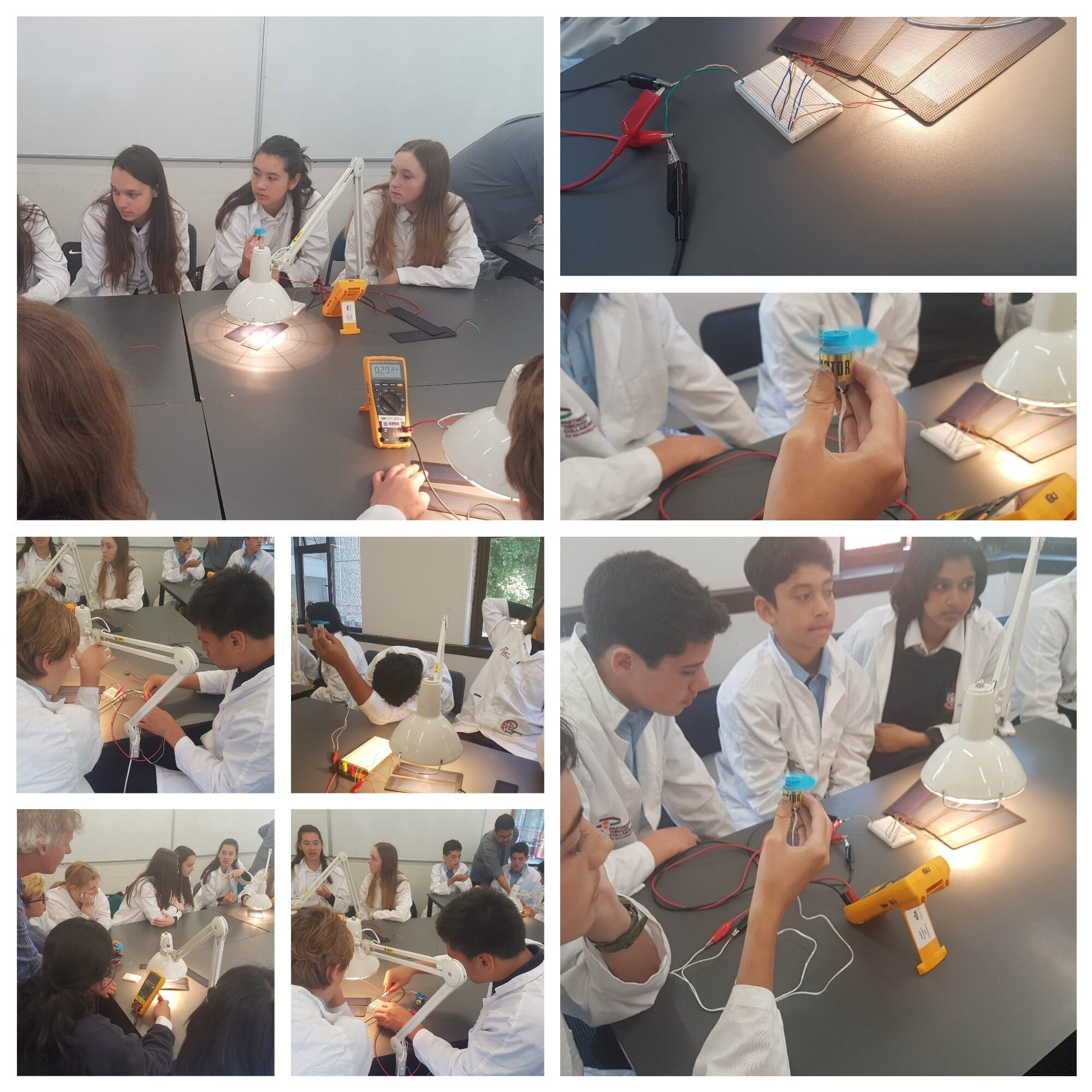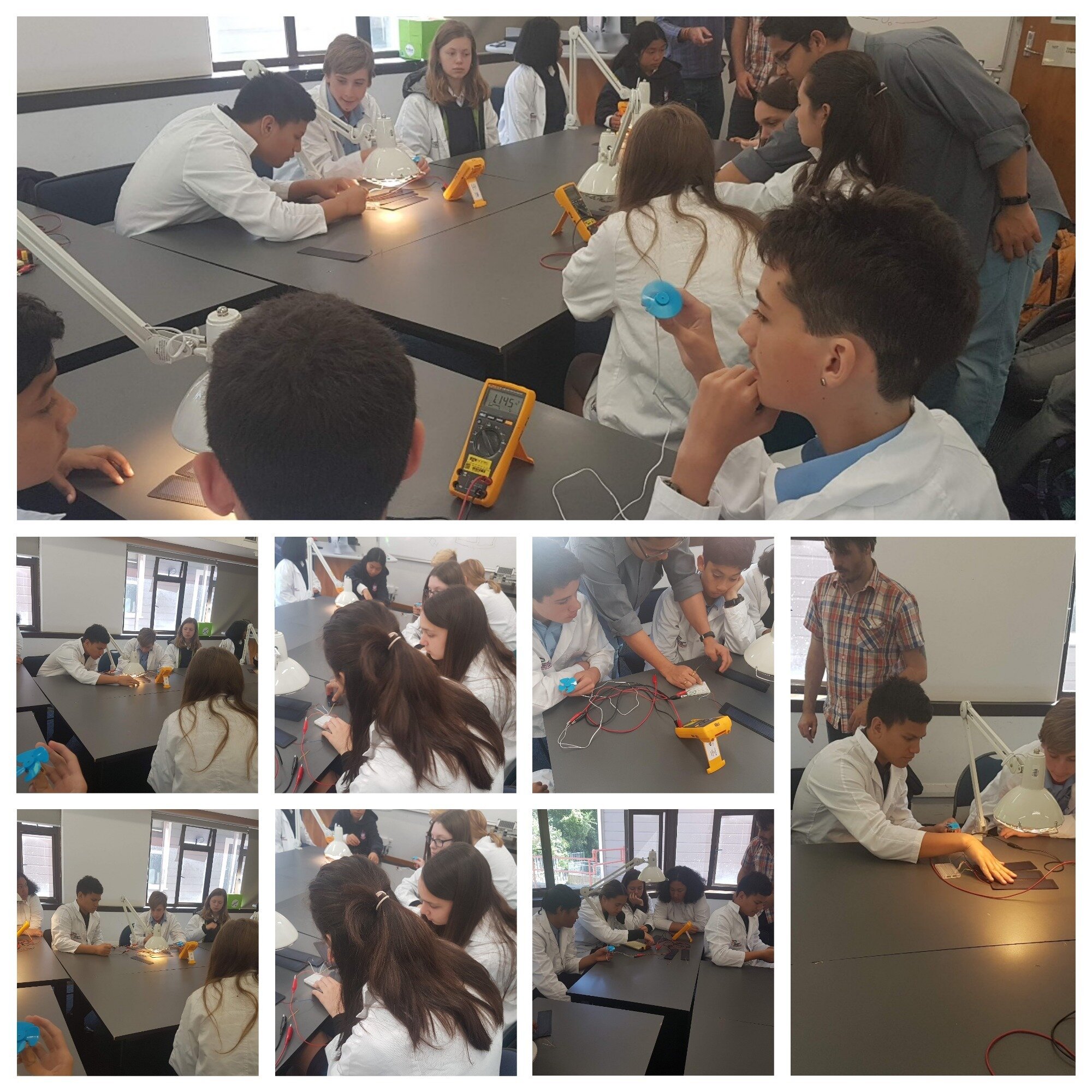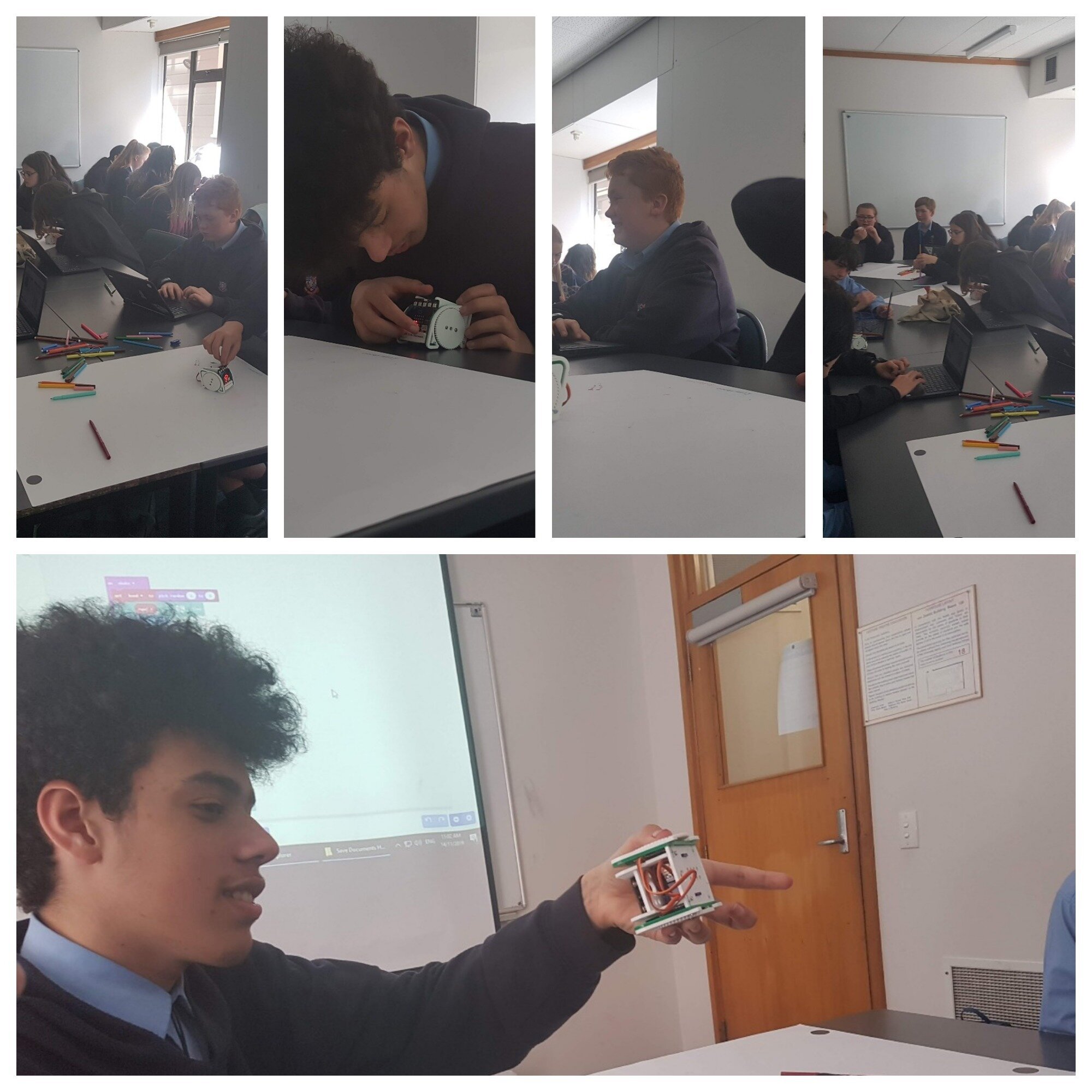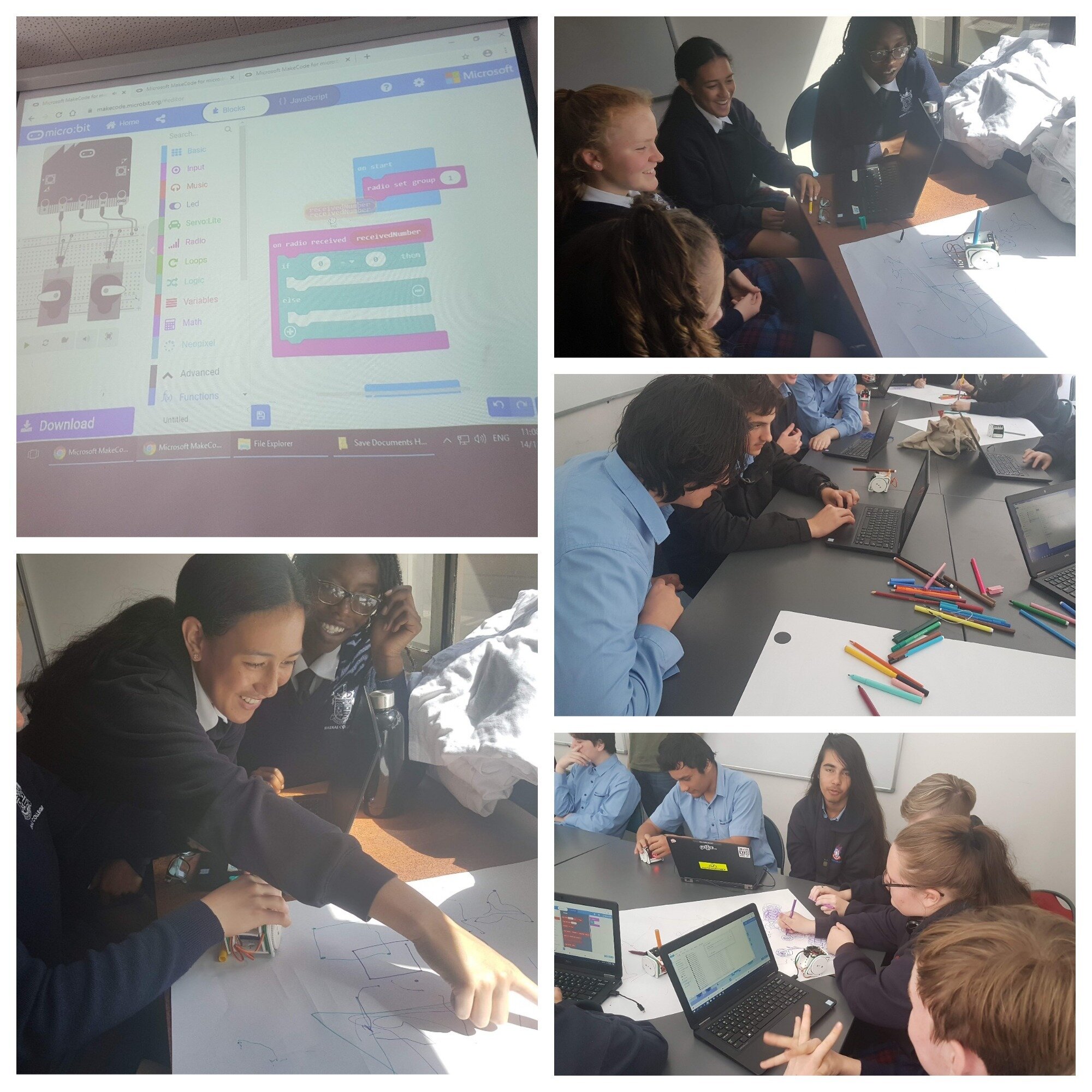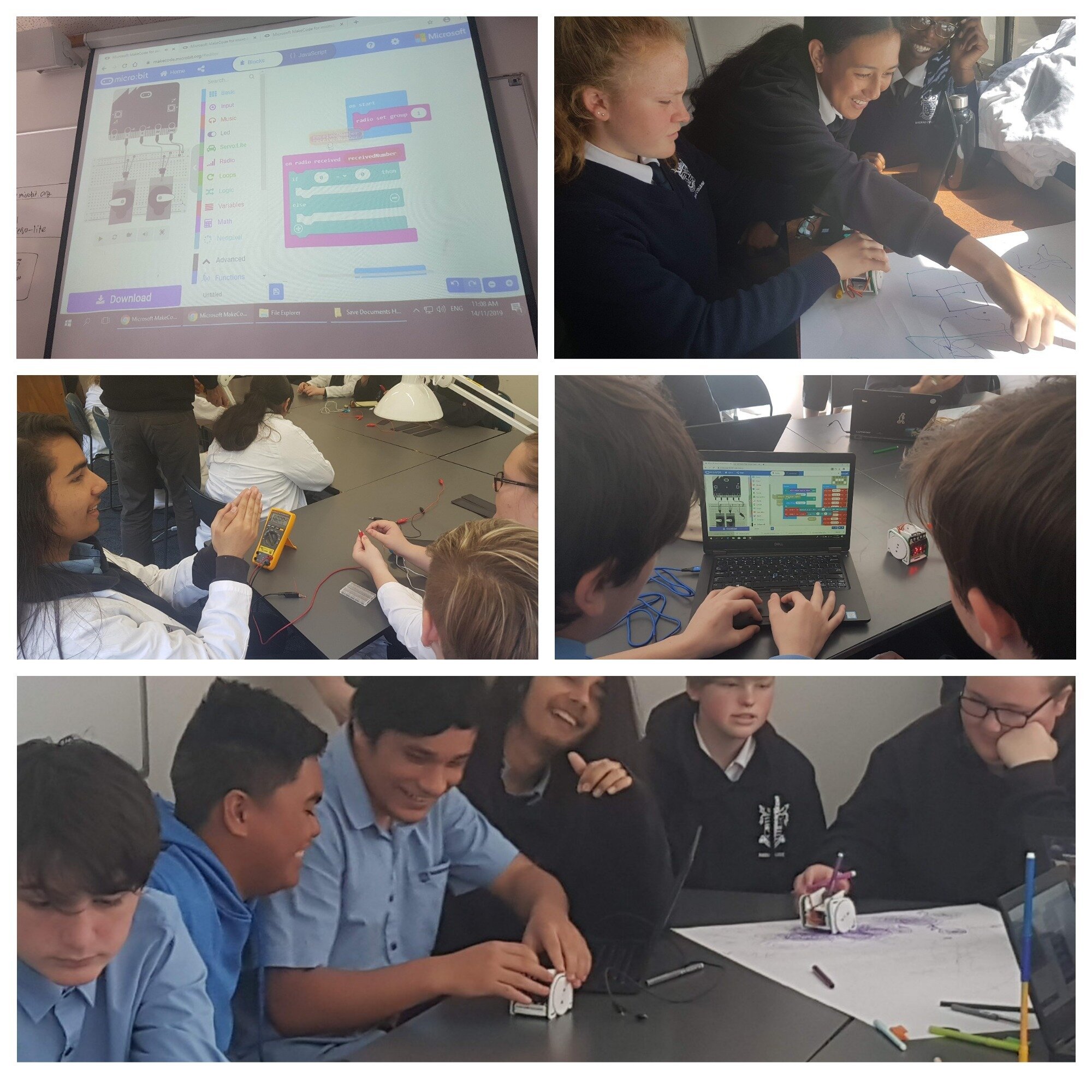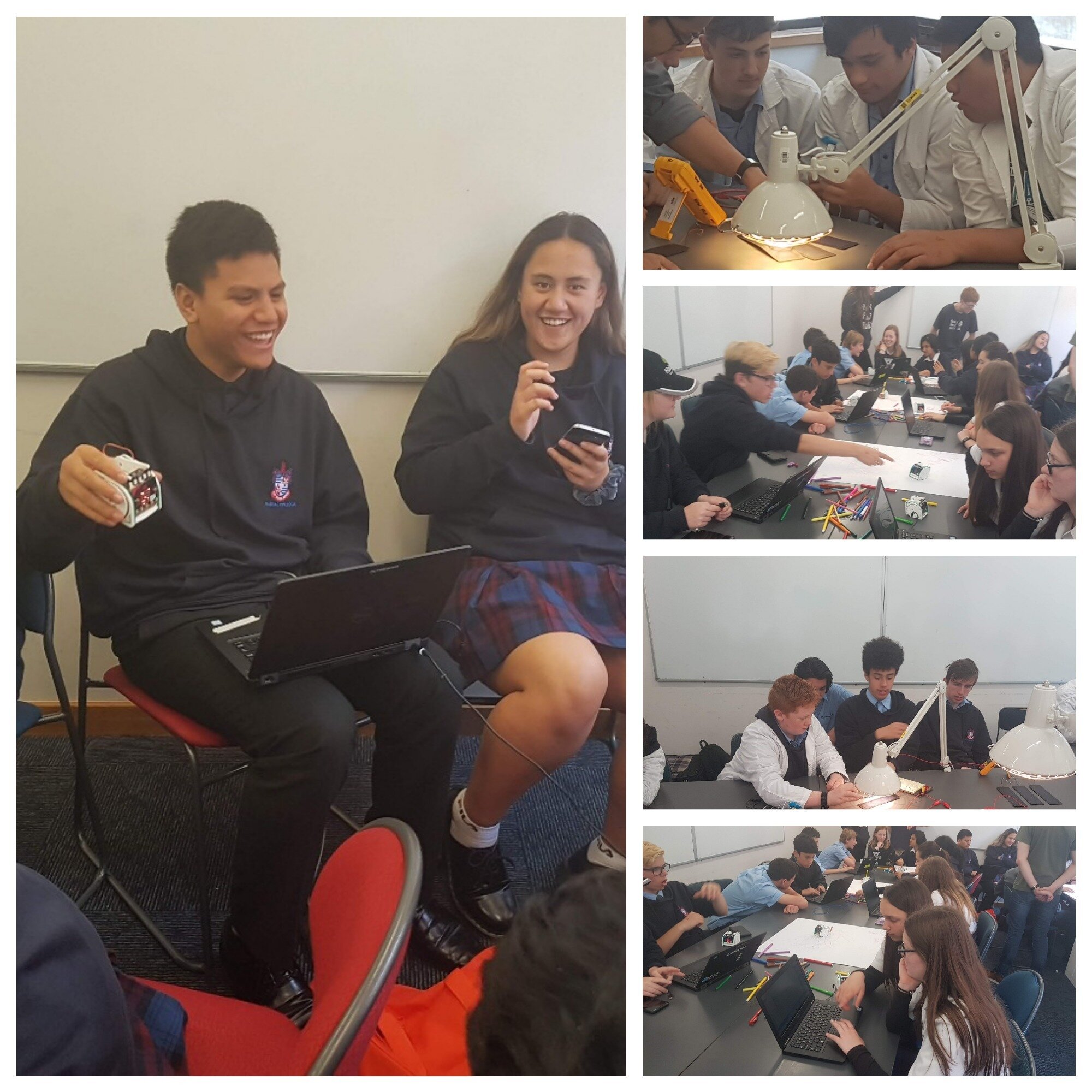Renewable Energy workshop 3- Victoria University
Lower Hutt students were a very motivated bunch at our workshops at the University. With almost 40 in attendance they provided keen ears, eyes and hands fit for all the activities they were about to engage in. Students were introduced to the concepts of vulnerabilities versus resilience as a means of appreciating why renewable energy systems are very beneficial.
According to Proag (2014) in the article The concept of vulnerability and resilience, ‘The concept of vulnerability implies a measure of risk associated with the physical, social and economic aspects and implications resulting from the system’s ability to cope with the resulting event. Resilience implies the ability of a system to perform properly even when placed under pressure or the ability of systems to absorb and recover from the impact of disruptive events without fundamental changes in function or structure. Based on what is required to face disasters, inbuilt features may be inbuilt in the system’ (375-376).
Professor Brent explained that whilst renewable energy, such as solar and wind power, provides clean and sustainable power to our electricity grid; they can also increase energy resiliency by keeping the lights on during critical natural disasters etc.
Armed with understanding, our young students attempted all the tasks set for them learning about solar panels and robotic technology and their usefulnesses to NZ environment.
NZ Energy strategy 2011-2021 describes that ‘renewables already play a significant role in our energy mix. In 2005, geothermal and wind generated 9 percent of our electricity. In 2010, the proportion generated from these sources increased to 17 percent and overall 74 percent of our electricity was generated from renewable sources. Our projections suggest that, over the next decade, renewables will continue to be a major source of new electricity generation’

